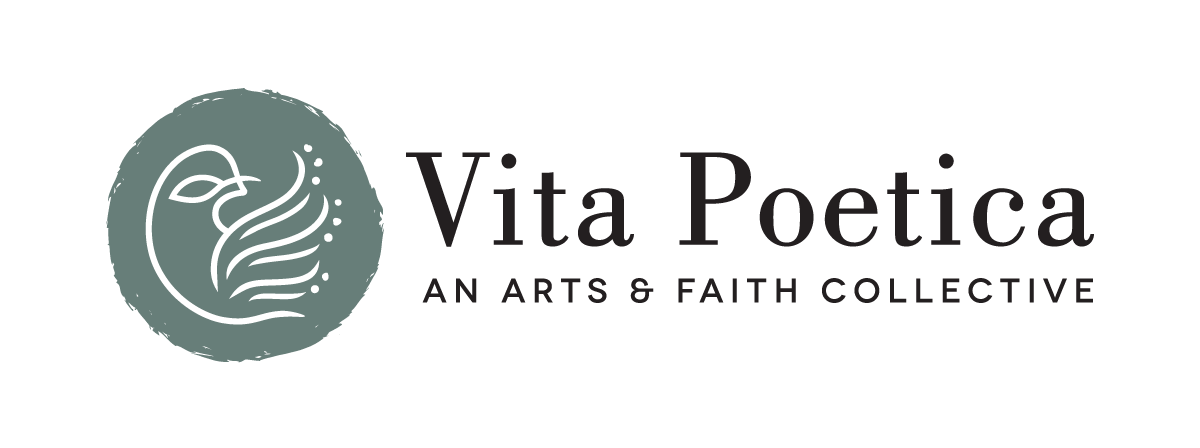At a Loss
Letter from Co-Editor Caroline Langston
It’s right at midsummer in the DC Metro region. It’s a place notorious for its heat and humidity, the original source of its moniker “the swamp.” During the past couple of weeks, though, there have been a curious number of cool, breezy, low-humidity days—enough of them that you’d be forgiven for thinking you were in, say, Martha’s Vineyard. It’s welcome, but unsettling.
And then, just as soon, the barometer or whatever it is tips, and there are menacing clouds on the horizon, violent thunderstorms, and squawked messages on WTOP warning not to drive through standing water. That, too, is unsettling.
There’s just no way to get any kind of purchase on events, some piece of solid ground on which to stand. The pandemic was supposed to be over, Russia’s attack on Ukraine feels like a military campaign of the 19th century, and random shootings seem to be happening all over the place. Platitudes about “civility” have given way to assessments of the prospect for civil war. (And I haven’t even mentioned climate disaster—see Dan MacIsaac’s “methuselah’s beard” for one poignant image.)
It feels, in other words, like apocalypse. And I mean apocalypse BOTH in terms of the colloquial “end of the world” definition and the more technical one, of “unveiling,” that intellectual pedants are always trying to school us on. G. R. Kramer’s “Traffic Light” is an excellent distillation of both meanings, within the contraction of the poem’s frame.
Though I’m at a loss as to what our current apocalypse means, or where it’s going.
More than anything, it’s that feeling of being at a loss, of being overwhelmed by that uncertainty, that seems to be an overarching emotion among the contributors to this edition of Vita Poetica. That recognition is especially stark in Nathan Geeting’s sobering short story “God Help Him”--in which we see the entire skein of belief and certainty become inverted.
But if many of this edition’s selections seem to have an almost cosmological sense of fragmentation, many also point to ways that these fragments can come back together again–often leveraging the cycles and imagery of various spiritual traditions, and finding hope and stability in the flux.
Andy Oram’s “Half Life,” for example, takes the cosmological analogy to its most extreme extent, in looking at the evanescent life of the tiniest physical particle, the kaon, and the lessons it can portend for us:
Eventually it must accept the bounds of what is possible
Recognize its inevitable weakening . . .
. . . But the kaon’s life is not in vain!
It took charge
Faithfully carried the pulse with which it was endowed through four dimensions
And kept the cosmos on far-flung paths. . .
In so many of the writings here, there’s an interplay that shows the fragmentary, the individual, repairing to the larger Whole to find shelter, and the Whole finding meaning in the individual. Ellis Purdie’s “Praise as Acrostic” finds the infinite in entropic nature—and the identification of Being in an acrostic. Sarah Law’s essay “The Soul a City” very explicitly shifts from inner to outer worlds, and back again.
Gabriella Brand’s “Where We Come From” limns the essential common substance from which we emerge and that we share with others.
In other words, we find the Infinite in the Incarnate—wherever we are on the spectrum of belief or non-belief. And as you’ll see in our exciting announcement about our journey of spiritual practice for the coming year, we find it together.
